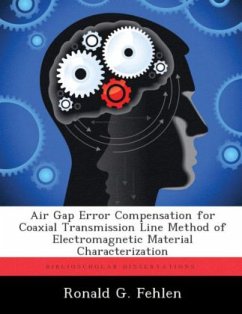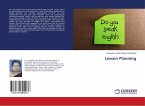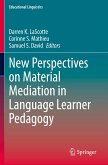This research analyzes material characterization measurements where axially symmetric air gaps exist between the sample material and the inner or outer conductor of a coaxial test fixture. Higher order fields are excited by the air gap and are not accounted for in generally used algorithms for determining the material permittivity and permeability. The result is error in the material characterization measurement. This research defines the fields within the material and air gap, assuming them to be axially symmetric. The fields are then used via the modal method to calculate theoretical scattering parameters as a function of permittivity, permeability, and frequency. A complex, two-dimensional Newton root search then iterates the permittivity and permeability for a given frequency minimizing the difference between the calculated scattering parameters and the measured scattering parameters. In this manner, the root corresponds to the permittivity and permeability of the sample. Themodal method provides accurate results for non-magnetic material measurements when the material sample fills only 30% of the radial distance between the inner and outer conductor of the coaxial line. Due to the concentration of the electric field at the inner conductor, accurate results were achieved with a 29.25 mil material layer (400 mil air gap) on the inner conductor. It is shown that the modal method result converges to the material properties by using 10 modes. The modal method provides good results for high-dielectric constant magnetic material. Results for an outer gap scenario were more accurate than inner gap results.








